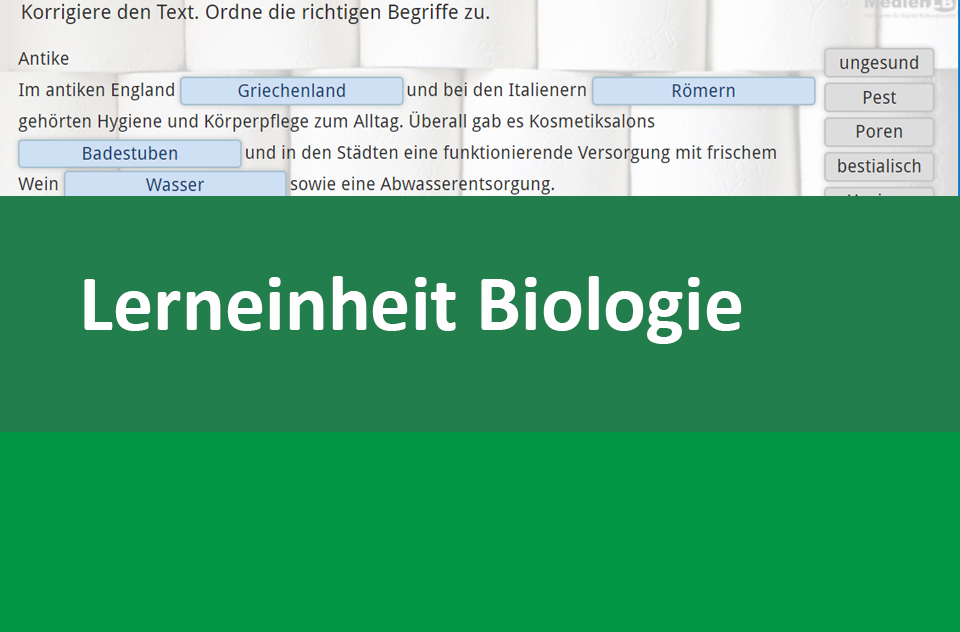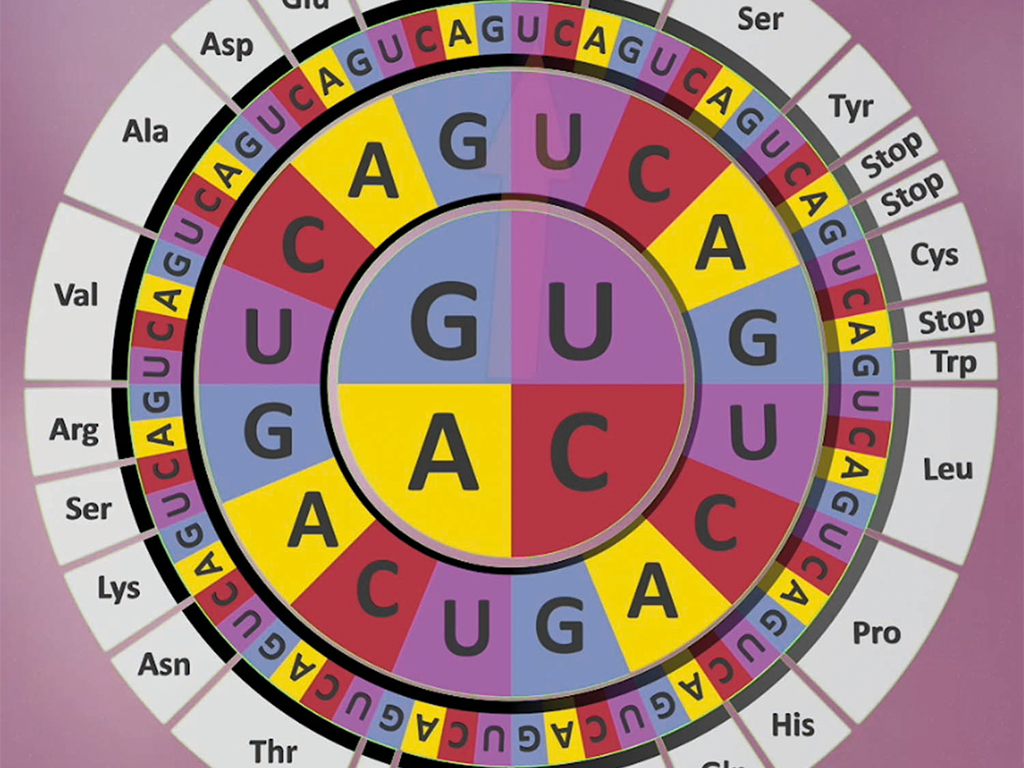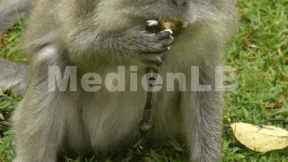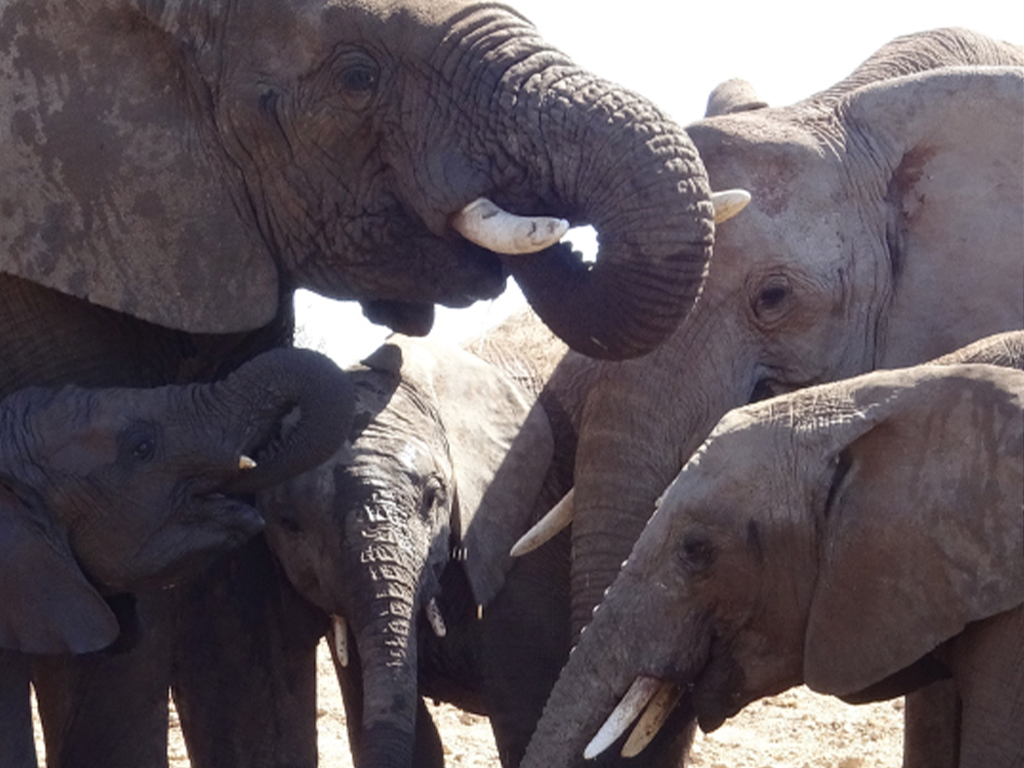
55502678
Hygiene: Infektionen vermeiden, Gesundheit fördern
In 12 interaktiven Aufgaben und Videos wird Wissen zur richtigen Hygiene vermittelt und abgefragt.
Das Medium bietet H5P-Aufgaben an, die ohne zusätzliche Software verwendbar sind.
Durch interaktive Aufgabentypen wird das audiovisuelle und interaktive Lernen einfach.
Lernen macht jetzt Spaß!
Included Tasks
- I Was bedeutet Hygiene? – Interaktive Aufgabe
- II Aus der Geschichte der Hygiene – Interaktive Aufgabe
- III Hygieneplan – Interaktive Aufgabe mit Video
- IV Hände waschen – Interaktive Aufgabe
- V Hände waschen / Technik – Bildzuordnung
- VI Körperpflege – Interaktive Aufgabe
- VII Hygiene im Alltag – Interaktive Aufgaben mit Video
- VIII Umgang mit Haustieren – Interaktive Aufgabe
- IX Hygiene von innen – Interaktive Aufgabe
- X Hygiene in der Umwelt – Interaktive Aufgabe mit Video
- XI Covid 19 – Interaktive Aufgabe
- XII Zu viel Hygiene ist ungesund – Interaktive Aufgabe
Curriculum-centred and oriented towards educational standards
Matching
Genetic Code Sun
Life on Earth assumes a large variety of shapes. There is plant life and animal life. Protozoa live alongside human beings, ants alongside fish and elephants, a blowball alongside a cactus.









